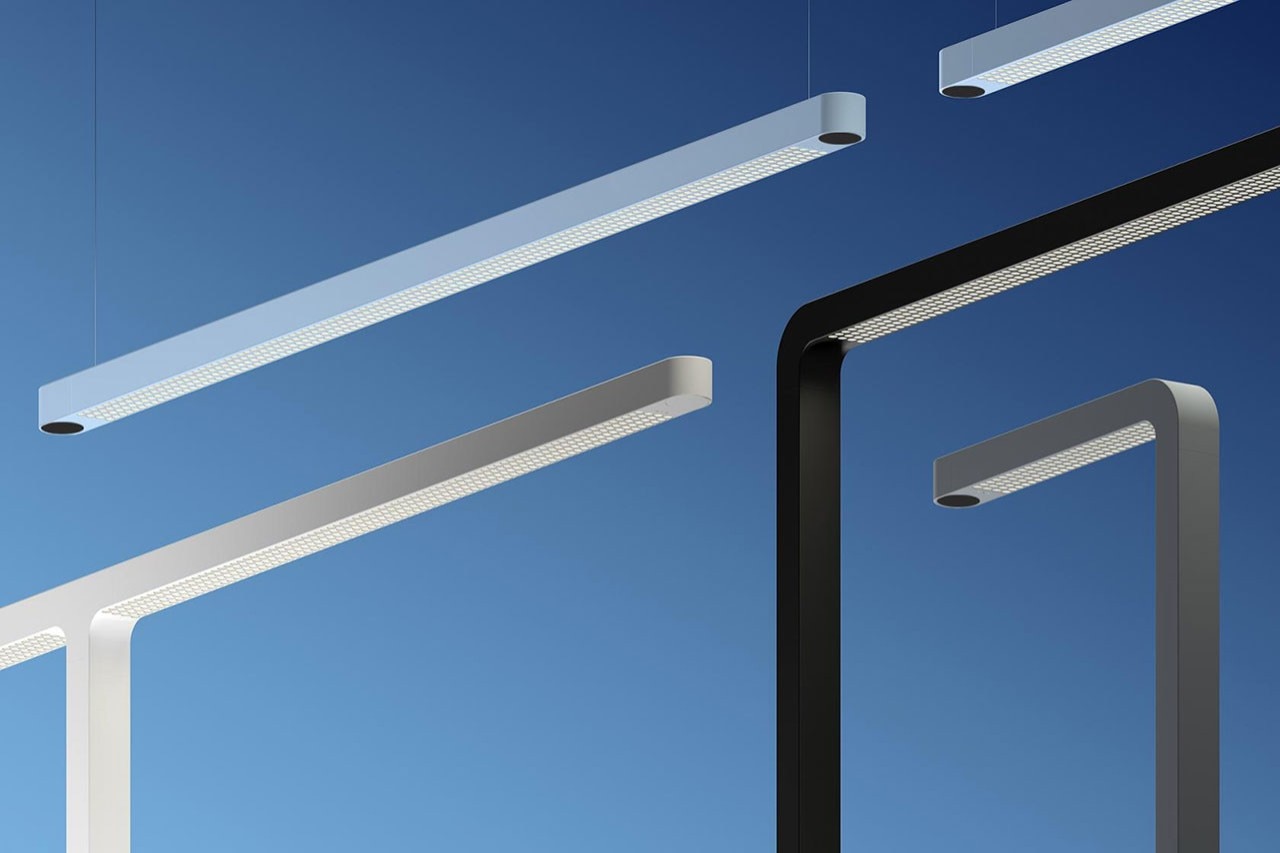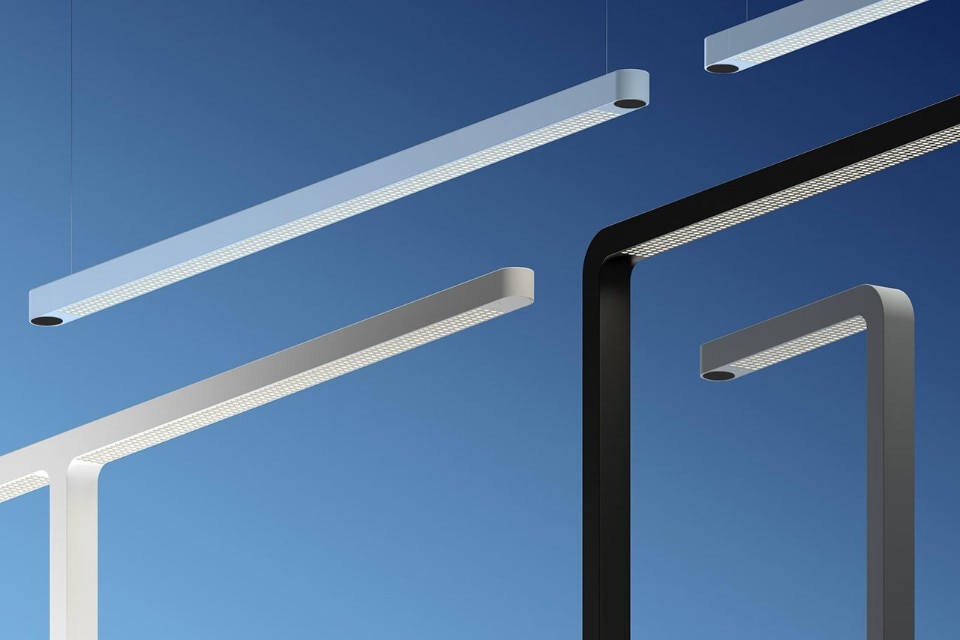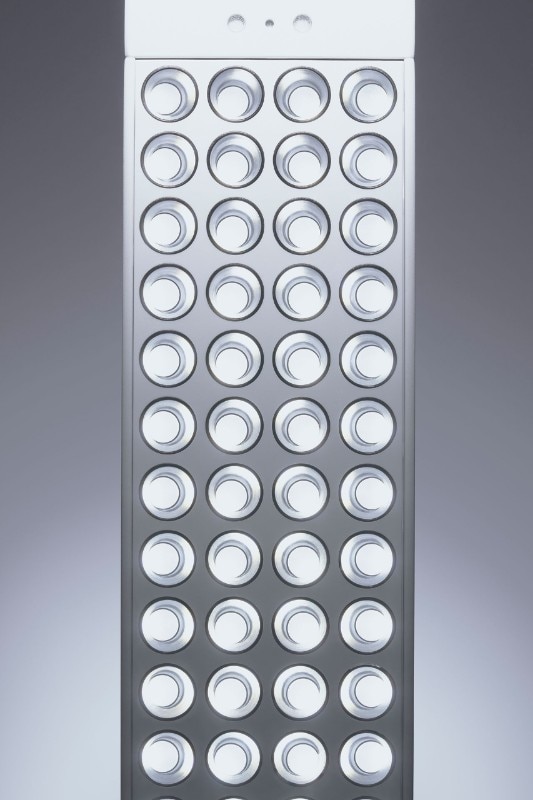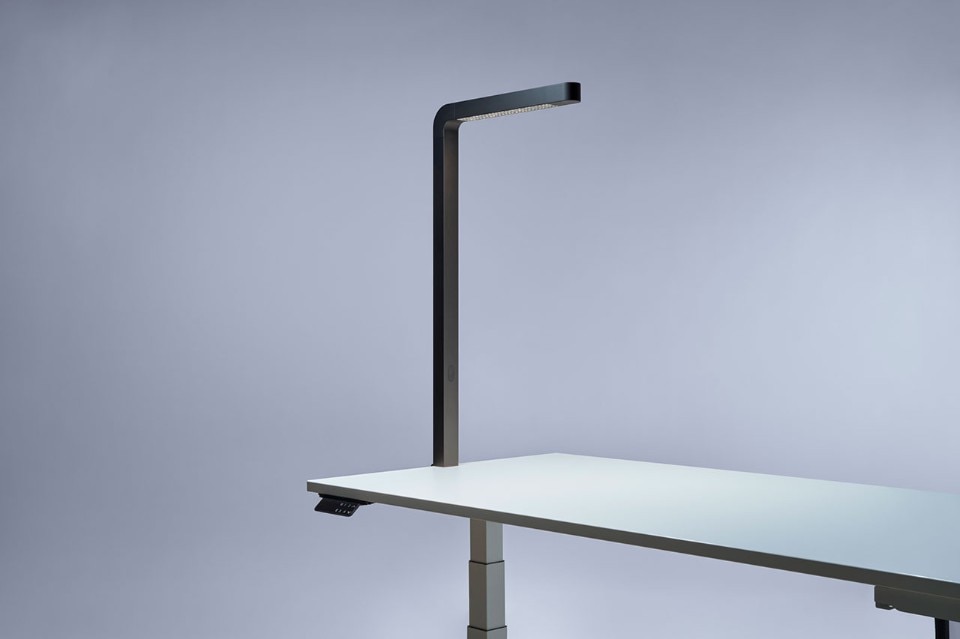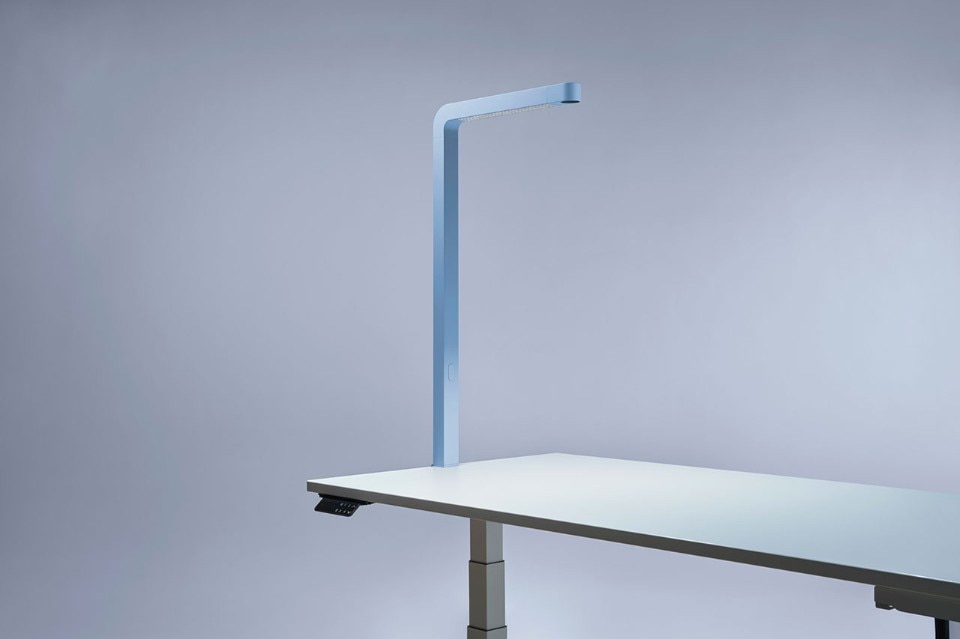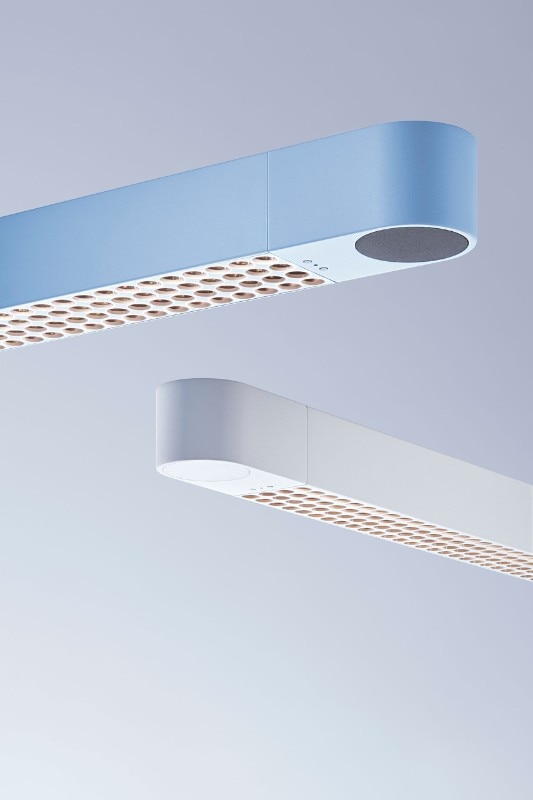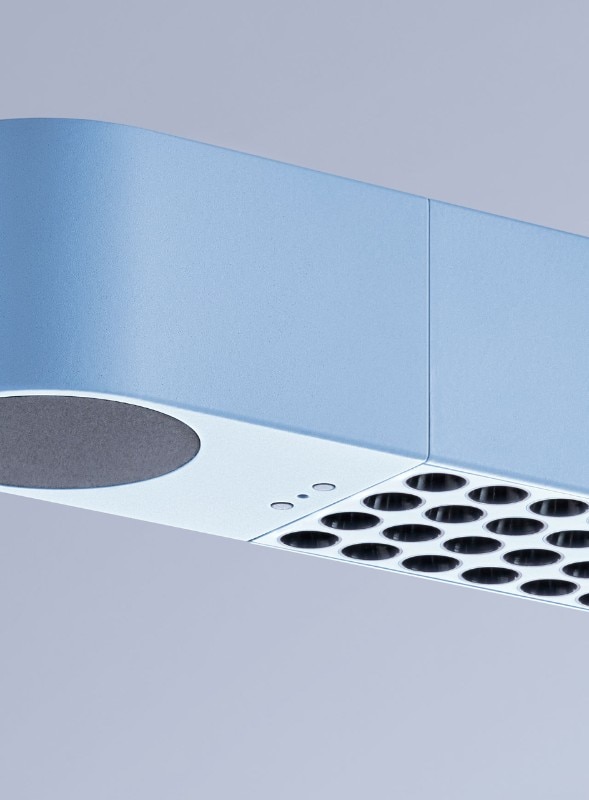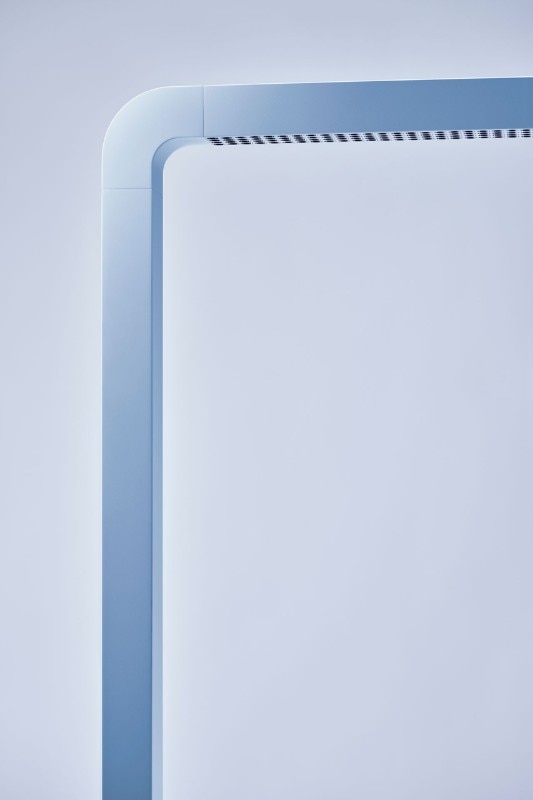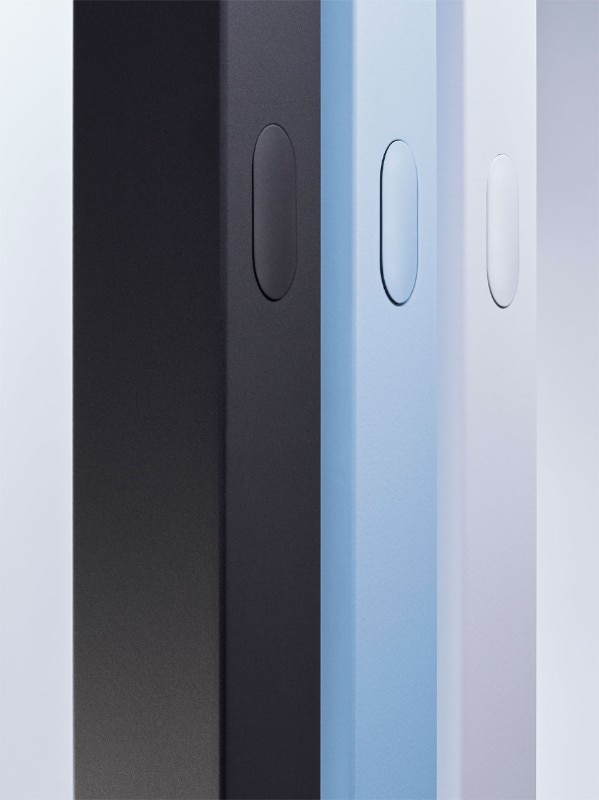Since 2017, when they became Tobias Grau’s creative directors, Timon and Melchior Grau have brought their background, which is more artistic than engineering, to the German company, opening up new design scenarios for the brand founded by their father Tobias Grau in 1986 and which has always been linked to “architectural” lamps designed mostly for the office world and based on advanced technology.
After graduating from the Städelschule, Frankfurt am Main, the two brothers graduated from the University of the Arts in Berlin with German artist and filmmaker Hito Steyerl and Chinese artist and activist Ai Weiwei respectively. Their first design, Parrot, stem from a project presented at the M+B Gallery in Los Angeles. They defined a new generation of mobile and interactive lights for the Tobias Grau catalogue.
Last November they presented the Team family of lamps, with the innovative LED Beam Lens technology, which integrates technical and social aspects, work and home environment in a unique and coherent aesthetic, putting the user at the centre of the design. An initial formal reference was the legendary Snake video game developed by Nokia in the 1990s, a sinuous, curved and ever-growing line. Or, again, a brick to be combined to build different configurations.
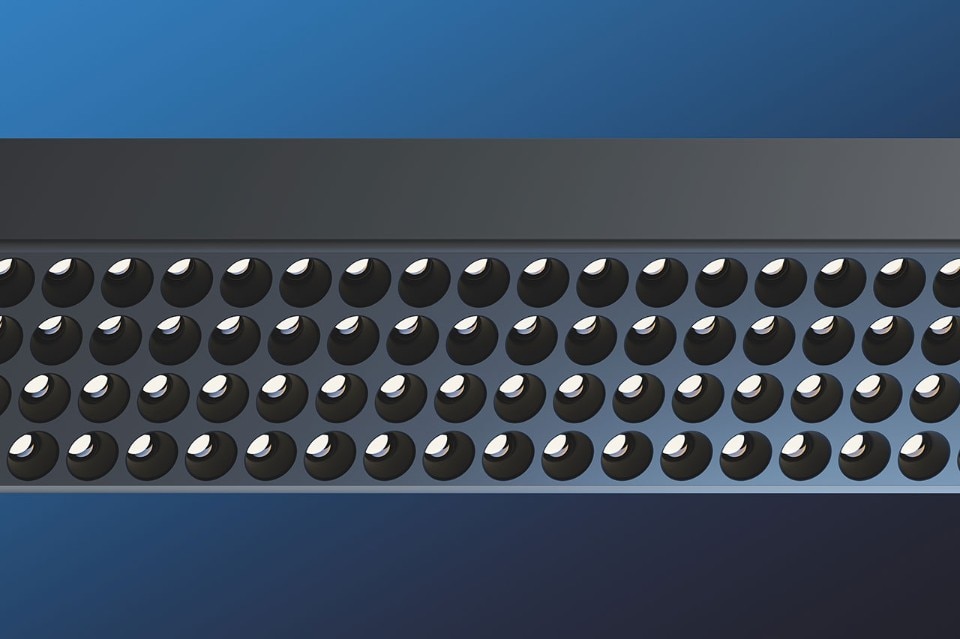
Why did you choose the name Team?
When we started working on the project we focused on environments and the role of light, trying to understand how groups of people work together, how they collaborate. Light should not only be designed for individuals, but also for groups of people. We wanted to have lamps that could live side by side, even in large rooms. We wanted to design a collection that would work as a team and for people who work in an open space, but also have different needs: privacy, concentration, silence, large meetings, sociability and exchange of ideas. It is a typology that offers answers and proposals. We tried to be super minimalist, but we tried to include poetry in the form.
How did you manage to combine the needs of the home and the office in the same lighting design?
Our research shows that these two environments are getting closer, Team is designed as a bridge between the home and the office environment. Home and office have certain qualities in terms of emotions and colours. In the office, light performance is usually much higher, thanks also to sensors. Team offers the same level of performance as the office in the home environment. The changes of the last six months were not invented by the Coronavirus: digitisation and new working concepts were already in place. They just gained speed. We have realised that we need a workplace at home, that the home office can be less stressful. The Team series has a streamlined and elegant look, but at the same time it brings more performance into the home; and in the office it brings more flexibility.
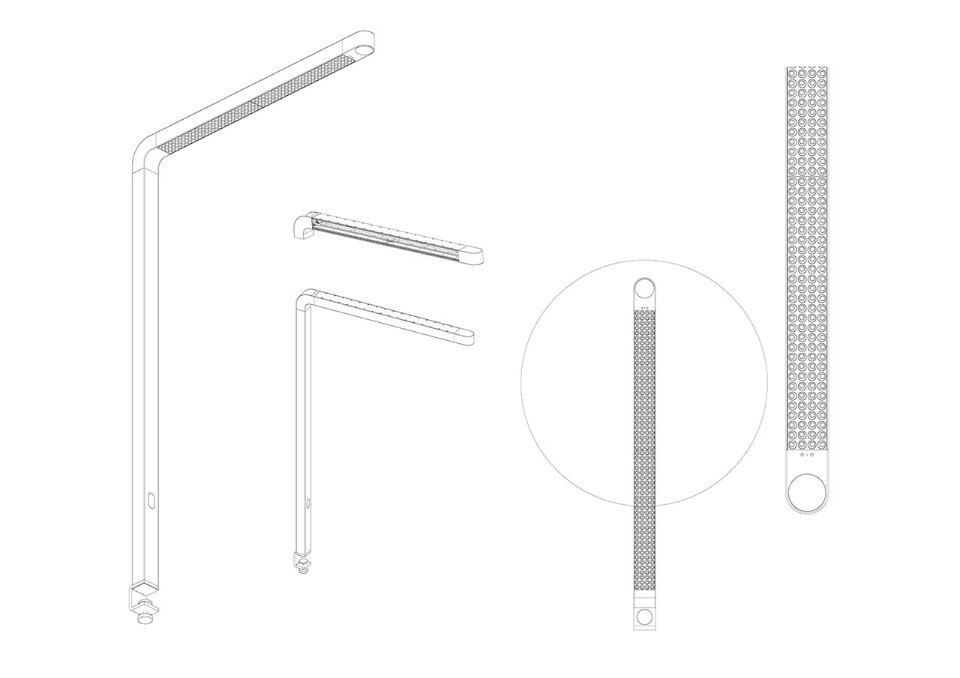
How important is the study of colour in this project?
In light, colour is always very important: in workplaces there is a low standard on colour accuracy and well-being. We wanted to bring the same colour quality of the home into the office.
How have the pandemic and the transformation of the office changed the way light should be designed?
The speed of the latest changes is driving towards more flexible and dynamic offices, including the home office. The Team Home (which clamps onto the desk) and Team One lamps are a direct response.
An architecture is less beautiful in the dark, but it is even worse when it is badly lit.
How do you imagine the future of the office in the next 10 years?
There will be more and more hybrid workplaces. Architects will try to give people the places and environments that best suit their needs: more collaborative and dynamic. Diversity will increase, there will no longer be a one-size-fits-all solution. On a different level, what we hope is that there will be new developments, which will make change more accessible. In the same way, an architecture is less beautiful in the dark, but it is even worse when it is badly lit.
Yours is a rather anomalous path, halfway between art and design, what experience and ideas do you bring to the family business?
We are very interested in different perspectives and collaborating with other people. We are really interested in the way we look at things. The more we work with light, the more fascinated we are by it. Light has an enormous capacity to shape the way. The real inspiration is to use light as if it were a brush to paint environments.
What are your references in the design world?
We really like to be interdisciplinary. Observation of the world and dialogue are the biggest references for us. It's not that we don't have any references, we are mainly interested in life. The sun is always the main inspiration.
How do you translate your idea of sustainability into a product?
Generally speaking, by taking care of every detail in the design process, designing long-lasting products, carefully choosing materials, dimensions and the way they are produced. Also, very present in Team's design is the reduction of resources: it is two thirds smaller than the average lamp. We never use materials that are not needed for production. Speaking then of professional lights, the greatest sustainability is in the process of automating the control of motion sensors, in the use of advanced LEDs (for Team, Beam Lens Technology which, positioned behind the angular lenses, optimises light distribution) and sensors to control movement and reduce the amount of energy consumption accordingly.
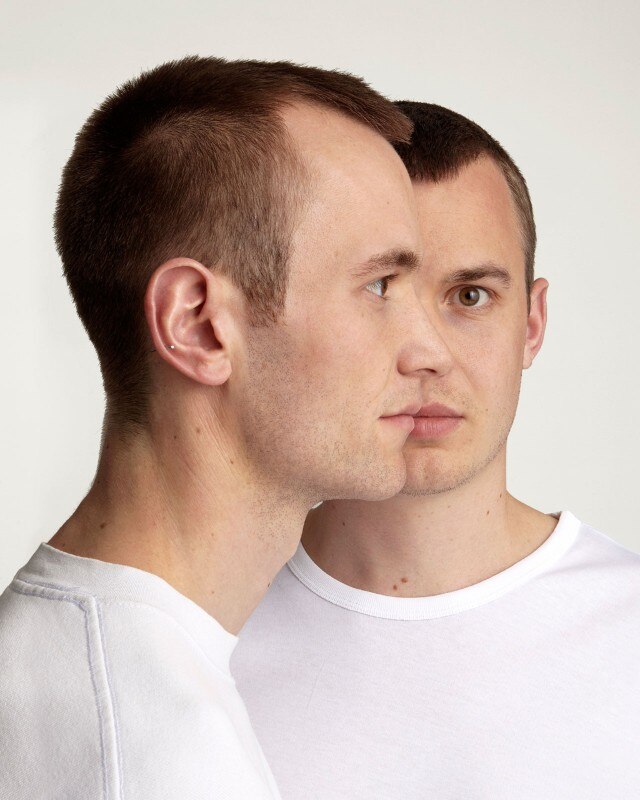
What is at the top of your wish list today?
To continue working as a team, to see how we can work more collaboratively to develop ideas and a vision for the future. We all work together at our headquarters in Hamburg, where all the lamps are produced, even the communication is internal. A lot of creativity comes through the intersection of different fields. This holistic approach to design is one of the most essential things about our teamwork.


